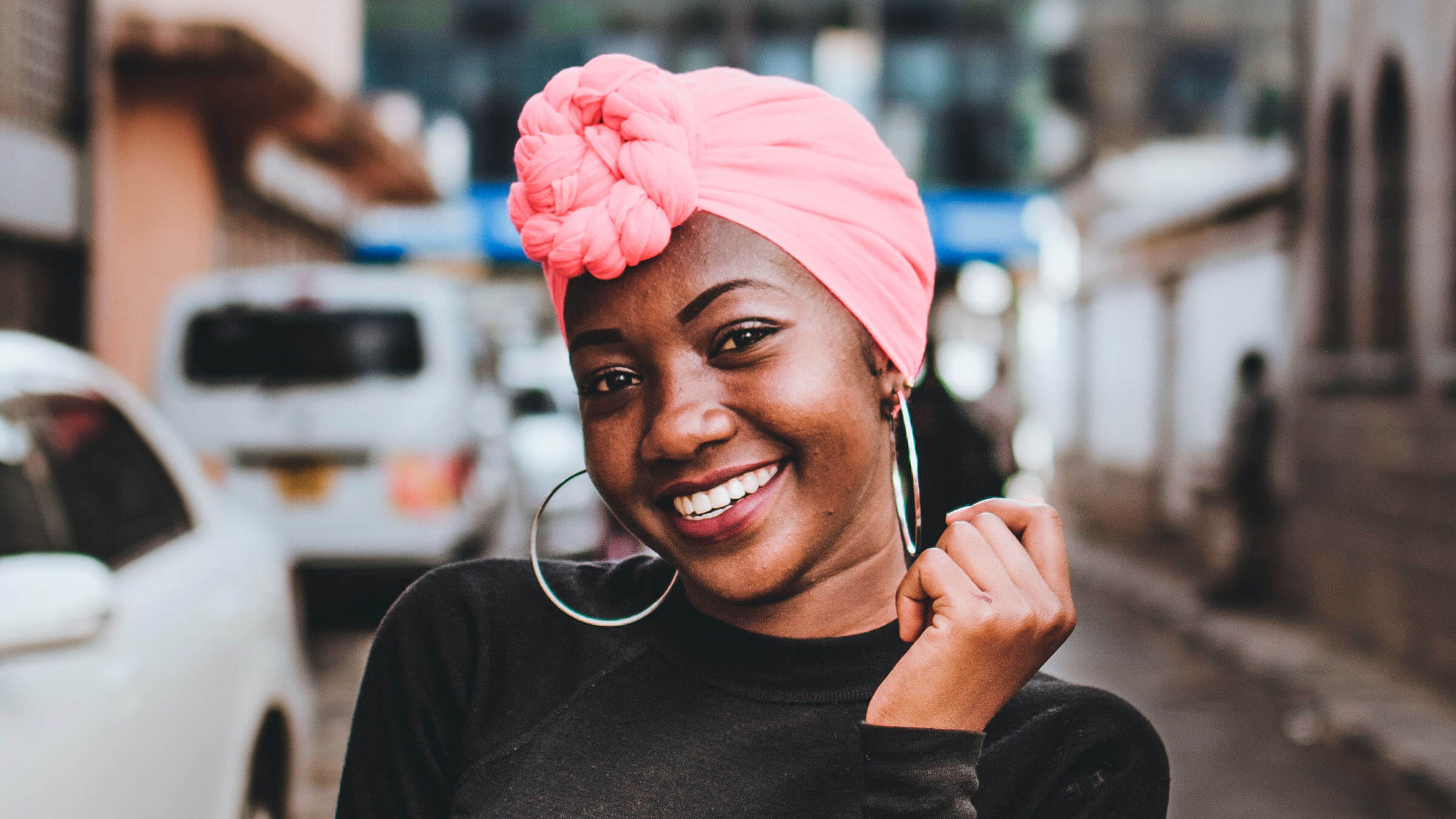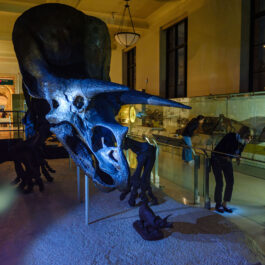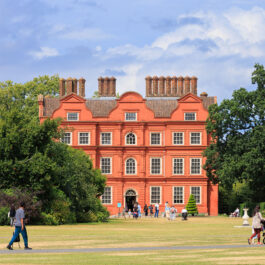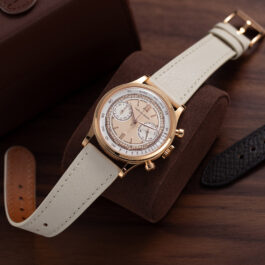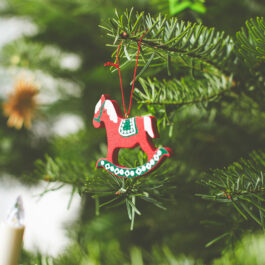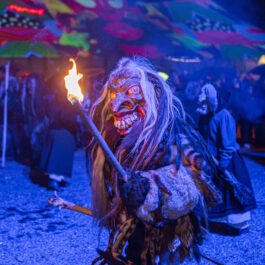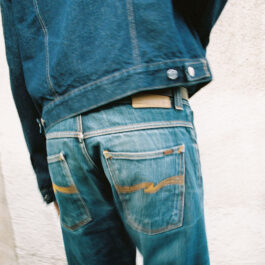They’ve appeared in the style repertoires of A-listers like Beyoncé, Rihanna, Lupita Nyong’o and Sarah Jessica Parker, and have become a sought-after accessory for women the world over. Yes, turbans and headwraps are back – at least, in the sense that they’re now on-trend. The fact is that they never truly ‘left’, never stopped holding meaning and importance to many people around the globe.
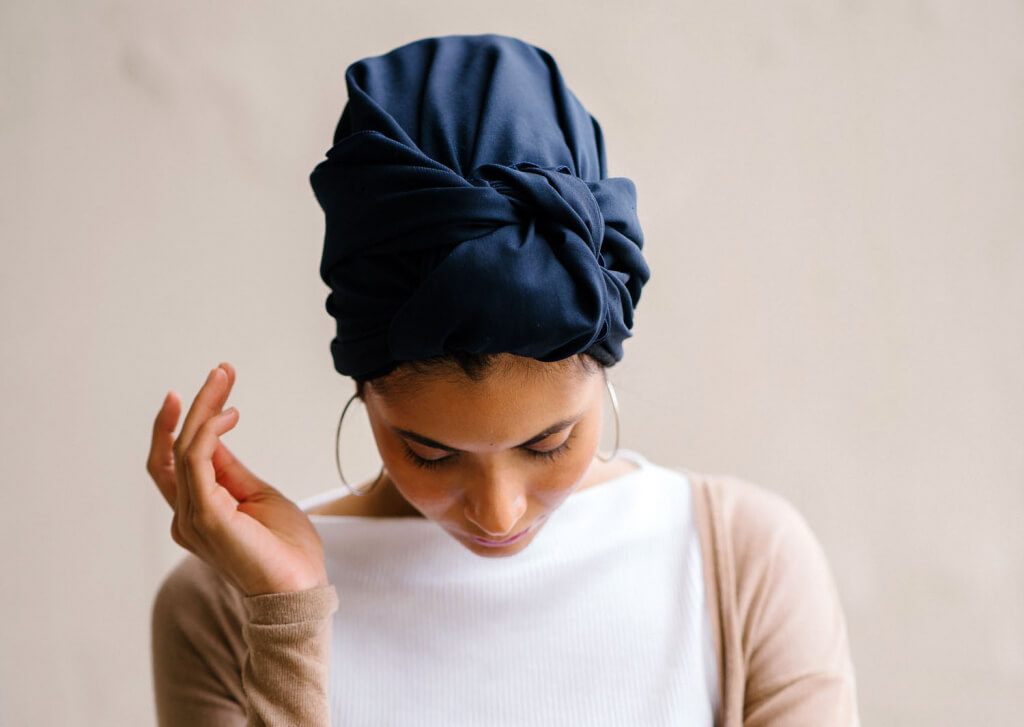
More than just an accessory, these forms of headwear are woven into the fabric of many different cultures, and wearing them is often an expression of identity and diversity – especially in a time marked by social discord.
Turbans Around The World
Since prehistoric times, humans have covered their heads with skins or fabrics, serving to protect them from the elements or to signify their status and power in the social hierarchy. As civilisations became more complex, headwear came to denote occupations, wealth or simply to decorate one’s head in a pleasing way.
Turbans in particular are said to have originated in Africa, India or the Middle East. Although currently worn mostly by women around the world (with some notable exceptions), it’s worth mentioning that in certain historical cultures, such as the Persians and Ottomans, they were a predominantly male garment. Persian men, for instance, wore a conical bonnet covered with strips of cloth, which is considered one of the precedents of the modern turban.
In Islamic culture, the use of the turban has been associated both with the protection of the head (from sand and the desert sun), as well as an element of spirituality. The colour can also indicate a certain social position: black, for example, represents those who consider themselves descendants of the Prophet Muhammad, and is therefore worn by the most important Islamic leaders. In countries of the Persian Gulf, on the other hand, the turban has given way to a white or checkered scarf, known as keffiyeh.
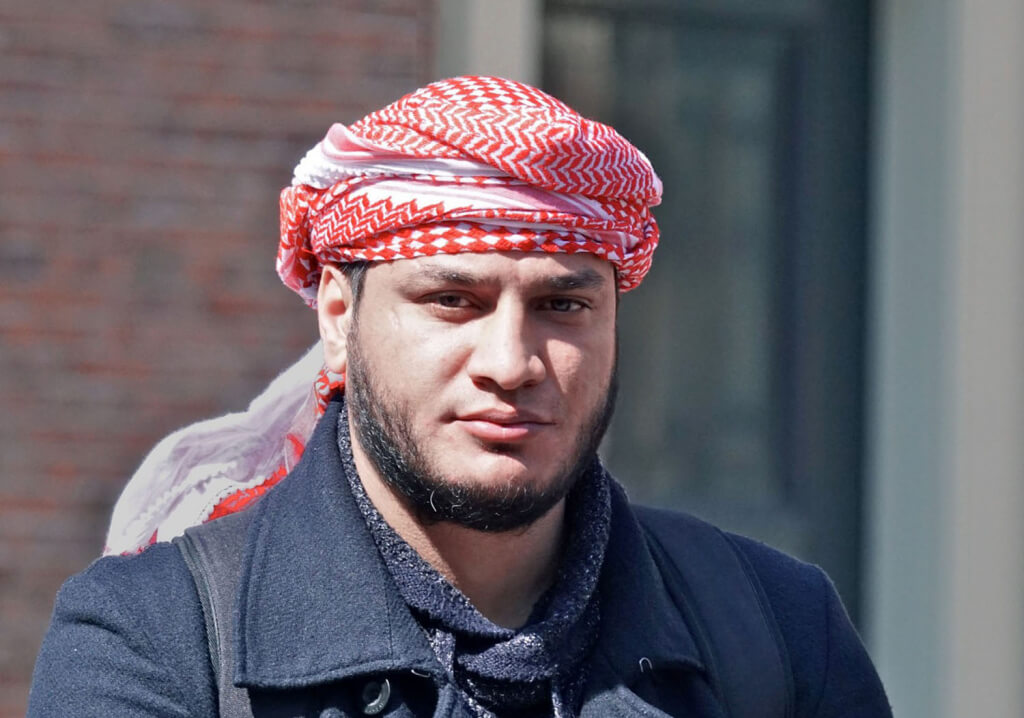
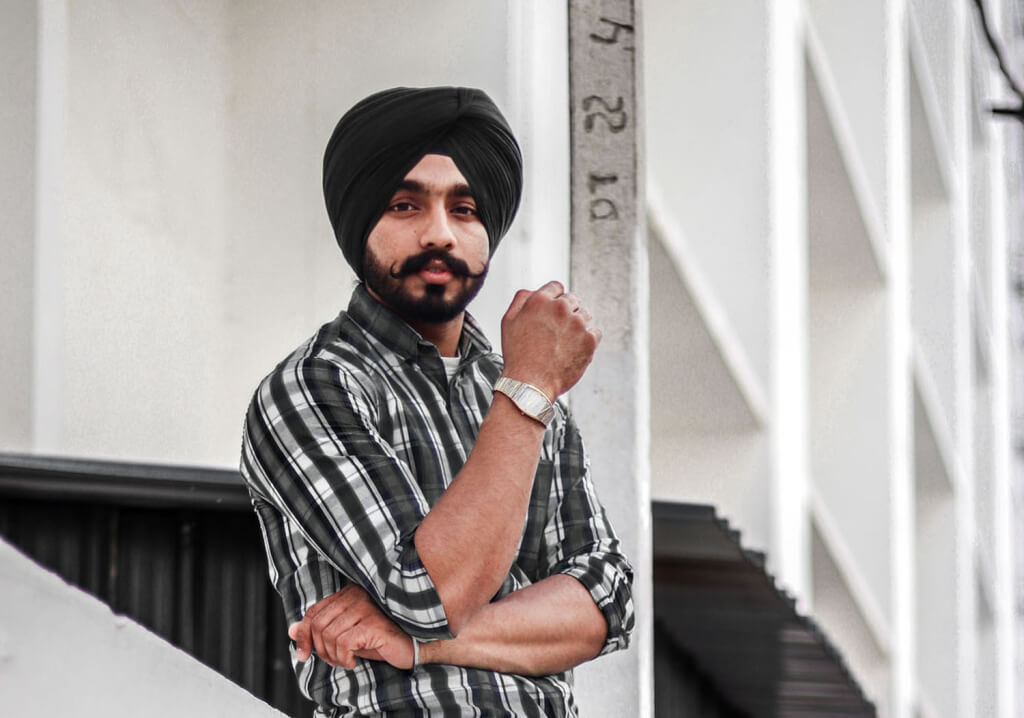
[At Leftt: Man wearing a keffiyeh, credit Roel Wijnants/Flickr. At Right: Sikh man in a turban]
In India, the turban can indicate a person’s caste or where they come from. It’s also widely worn in the central and northern regions of the country, and is especially important to followers of the Sikh religion – in India as well as around the world. Sikhism promotes keeping the body in its natural state, which means that devotees do not believe in cutting their hair; baptised Sikh men cover their long hair by rolling it up in a turban or dastar. As such, this accessory acquires a religious character as a symbol of faith, courage and honour.
For practitioners of the Bobo Ashanti sect of the Rastafari movement, the turban is not only a symbol of wisdom and a way to cover dreadlocks, but it’s also believed to facilitate meditation. In addition, they consider that this element serves to contain the physical and spiritual power that their dreadlocks impart upon them.
The African Headwrap
In Africa, turbans or headwraps – also called foulard in French, or gele for the Yoruba people – find their origins in the sub-Saharan region, where they’re worn by women as a means of protection against the weather, or even against supernatural spirits.
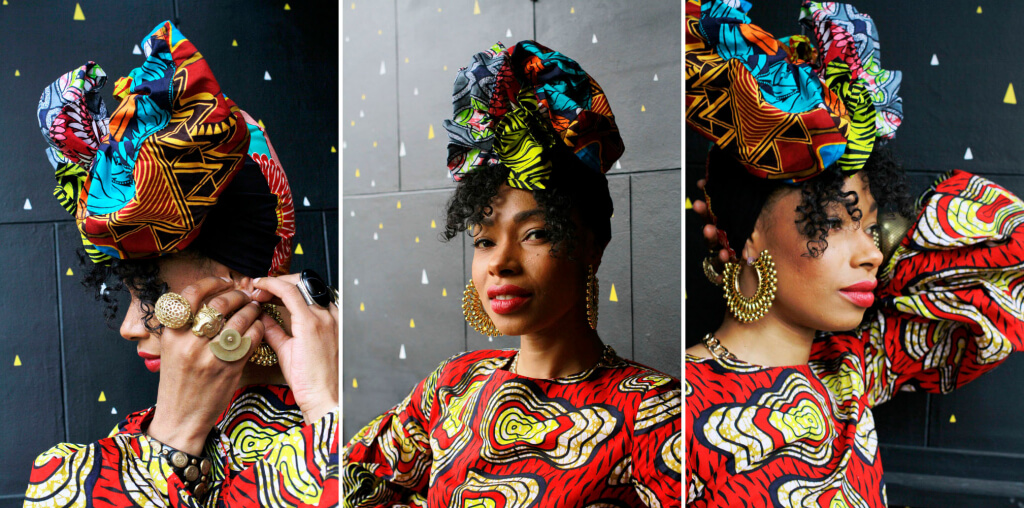
[Lía Samantha. Photos by Santiago Galvis]
“For African women, the turban had the spiritual purpose of warding off bad energies – ego, fear, anger, envy,” says designer Lía Samantha, an Afro-Colombian fashion pioneer who takes inspiration from her African roots and uses traditional fabrics in her modern designs. “These energies travel in a straight line and their front door, so to speak, is the head. When the energies meet these fabrics and patterns, they disperse.”
The headwrap arrived in the Americas at the time of European conquest and colonialism, when it was brought over by enslaved African women. What was once a symbol of power and human connection with nature became associated with slavery and transformed into a symbol of oppression. In 1786, the colonial territory of Louisiana passed the so-called Tignon Law, prohibiting women of African descent from showing their hair and forcing them to cover their heads with a handkerchief, or tignon. It’s said that the law was the result of white women’s envy of black women, their hair and their beauty – and jealousy over their husbands’ potential attraction to them.
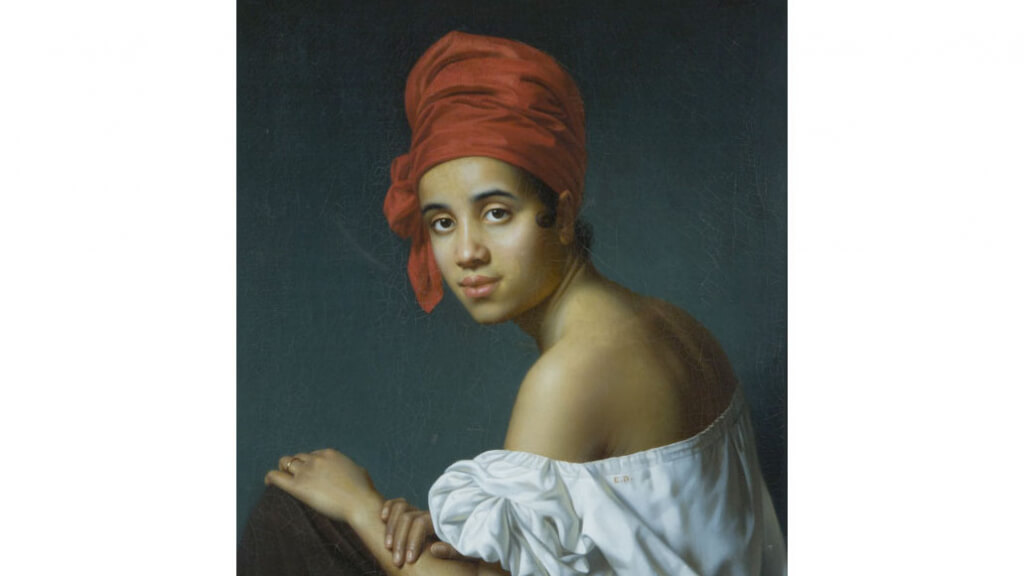
But the creativity of black women was not to be stifled; they turned their tignons into things of beauty, using vibrant fabrics and decorating them with feathers, flowers, jewels and ribbons. They were even used for more subversive purposes: “Over time, the turbans became hiding places for valuable things like seeds and gold, which later would be sold to support their families or achieve freedom,” Lía Samantha says.
In this way, the garment became a powerful symbol of resistance, which many women of African descent still wear today with pride, as a tribute to their ancestors.
Turbans In Fashion
It’s not difficult to see how a garment that’s so simple to wear and that boasts of such a long and rich history would influence the fashion world over the years.
The turban made its debut in the fashion industry as we know it in the 1920s, at the hands of French couturier Paul Poiret, who was known for his Eastern-inspired creations like shawls, tassels, headdresses and stoles. However, it was the great Hollywood actresses of the ‘30s who immortalised the garment, with Greta Garbo, Marlene Dietrich and Gloria Swanson appearing on the silver screen sporting stylish headwraps. Glamorous women of the ‘60s, like Audrey Hepburn, Grace Kelly and Sophia Loren, ushered in the golden age of the fashionable turban when they wore them in their movies and at red carpet events.
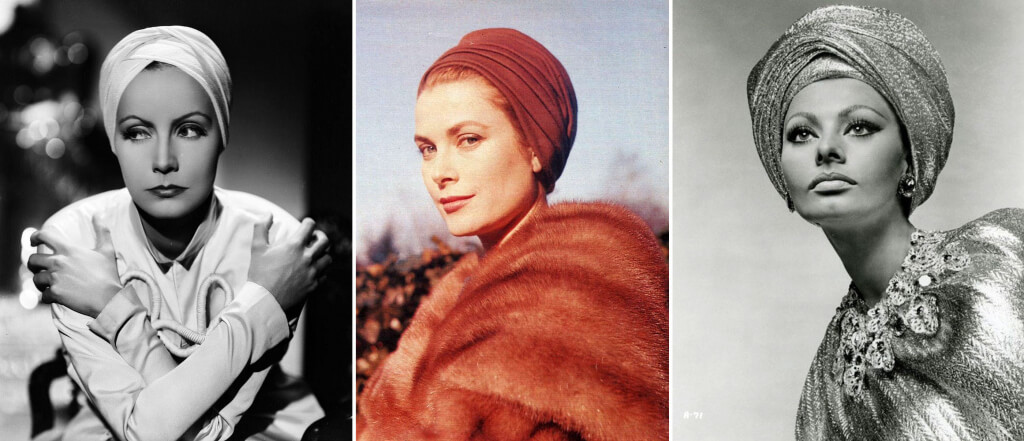
[Right to left: Greta Garbo, Grace Kelly, Sophia Loren]
It was around this same time that the Black Power movement was gaining traction, and many black women began rebelling against conventional Caucasian beauty standards that called for chemical straightening treatments, instead wearing the headwrap as an expression of their heritage.
The ‘80s and ‘90s would also see a resurgence in the headwrap trend in the African-American community – even men were wearing a sort of headwrap in the do-rag, a staple of the rap and hip-hop scene. African-American R&B singer Erykah Badu was the standard-bearer of the headwrap in the ‘90s as well, donning it as a tribute to her roots and inspiring a generation of women to embrace their African heritage – like Lía Samantha. She recalls: “The first woman I saw wearing turbans and braids, proud and empowered by their roots, were African-American musicians. I identified with this rebirth of culture, and Badu was one of the most powerful fashion icons I’ve seen.”
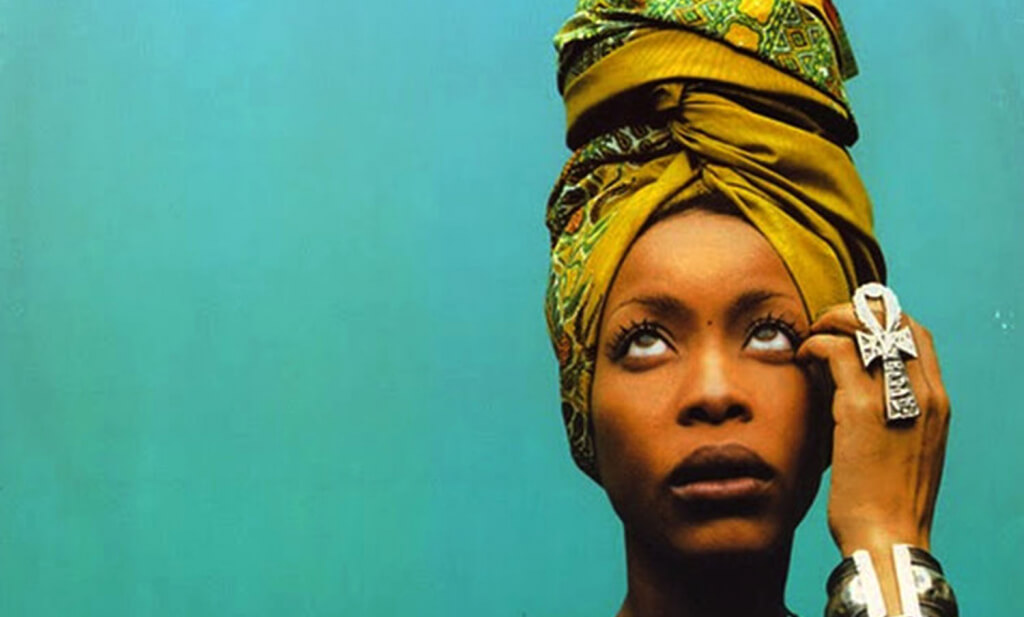
In the 2000s, turbans returned to the spotlight on the catwalks of fashion houses like Miuccia Prada, and the heads of celebrities such as Sarah Jessica Parker and Kate Moss. Since 2017, this accessory has seen a revival by scores of luxury brands and independent designers, with versatile designs ranging from classic wraps to bandanas and kerchiefs.
A Crowning Glory
The fashion world is more inclusive and diverse than ever – both in terms of the designs we’re wearing, and who is creating them – and with this progress comes the responsibility to learn about the meaning and history behind the clothes we wear. Headwraps of all kinds, then, must be recognised for their importance to various cultures and peoples, and appreciated for what they are: cloth crowns.
For many women, wearing a turban or headwrap is a cultural ritual: everything – from the way the hair is tied, to the colours and the knots – has meaning. As Lía Samantha says: “Our hair is an antenna that connects us with the universe, with that volatile energy that is dispersed, and the moment we decided to tie it inside a turban, what we are doing is wrapping that energy in a purpose. And the purpose is spiritual.”
Part of the ritual is the tying of the knots, the art of which, much like its own ceremony, is handed down from mothers to daughters in many African communities. The knots also have special meaning: it is said, for instance, that when the knot is on the side, it’s synchronised with the location of the sun, while if it’s tied three times, it signifies family: mother, father and children.
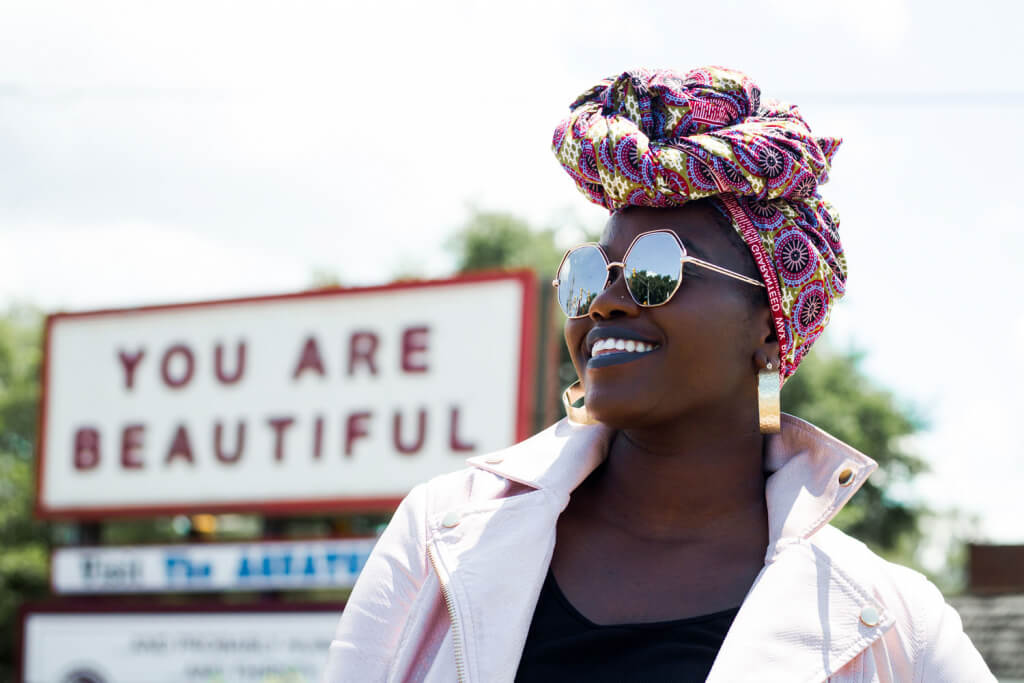
“When we make the knot, we symbolise the union of yin and yang, good and evil, while when we wrap circularly we are emulating the movement of the Milky Way,” Lía Samantha explains. “The circular movement is the natural movement of the universe, and just like dreadlocks do in Jamaica, we are elevating the spirit and telling God that we respect him.”
For her designs, Lía Samantha chooses African wax prints in 100% cotton, mixing certain color palettes to form a composition between intense tones and pale hues. She uses French sewing techniques, a long process that calls for considering the desired dimensions, since some women look for more elaborate or complex patterns. “A lot of people think that because African fabrics are so colourful, it’s about mixing at random. It’s not like that – you have to consider aesthetics and harmony,” she says.
How To Wear A Turban Or Headwrap
While you may think headwraps are a daring accessory (or even intimidating, for introverted personalities), wearing one is easier than you might think – and in the end, how you wear it will depend on your own personal style.
In general, it’s best to wear it with a relatively simple outfit that allows the headwrap to stand out. Headwraps are a versatile garment, pairing well everything from your favourite jeans or leather jacket, to skirts and sneakers. “It’s an elegant piece that you can wear every day, as long as you have an understanding of what it represents. Pretend that you would dress normally, but with a cloth crown,” says Lía Samantha.
Wear it with your hair gathered or lose, put on as much or as little makeup and accessories as you wish – the decision is yours, because the headwrap is a unique garment with the power to make the wearer shine. Just don’t wear one with the goal of attracting attention, or looking ‘exotic’ on social media. Wear one if you understand the context behind the headwrap, and appreciate its importance.
“I am very happy that the turban is so fashionable, because culture and fashion don’t have to be elitist or exclusive. Racism is lessened a little when we understand the cultures of others – and the idea that people can get to know African culture through fashion is something positive,” Lía Samantha notes. “Of course, we have to research and understand what the headwrap represents culturally, to wear it with respect and pride, because the women who wore it in the past did not do so to be fashionable; in many cases, they were in a situation of oppression. The best way to honour them is to understand why they wore it.”

